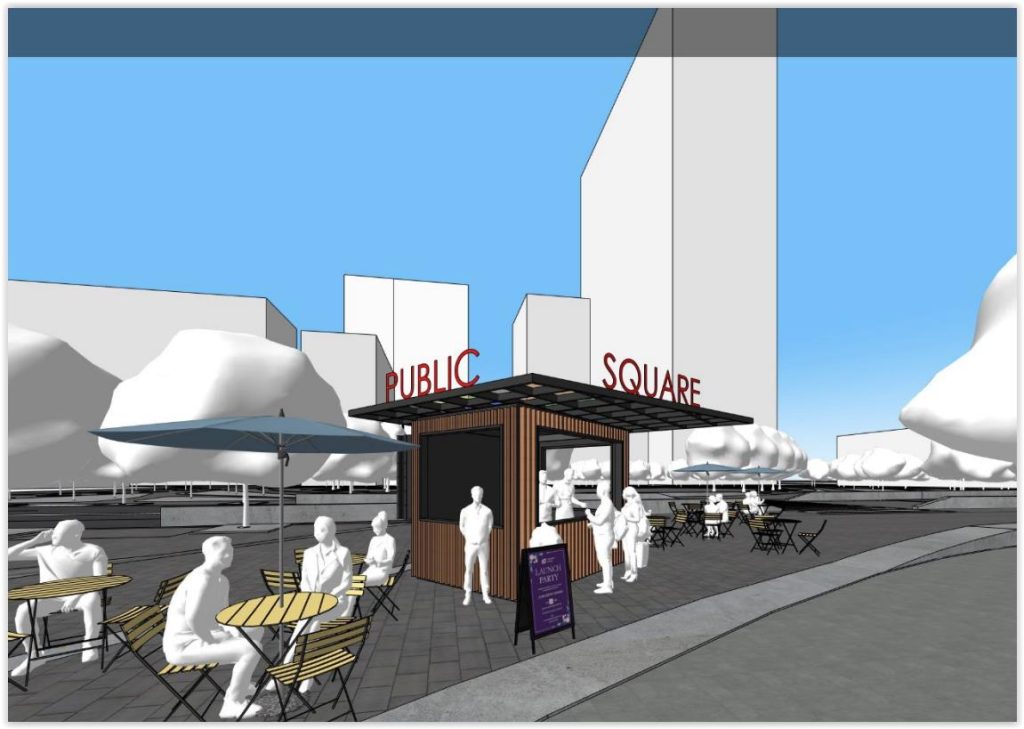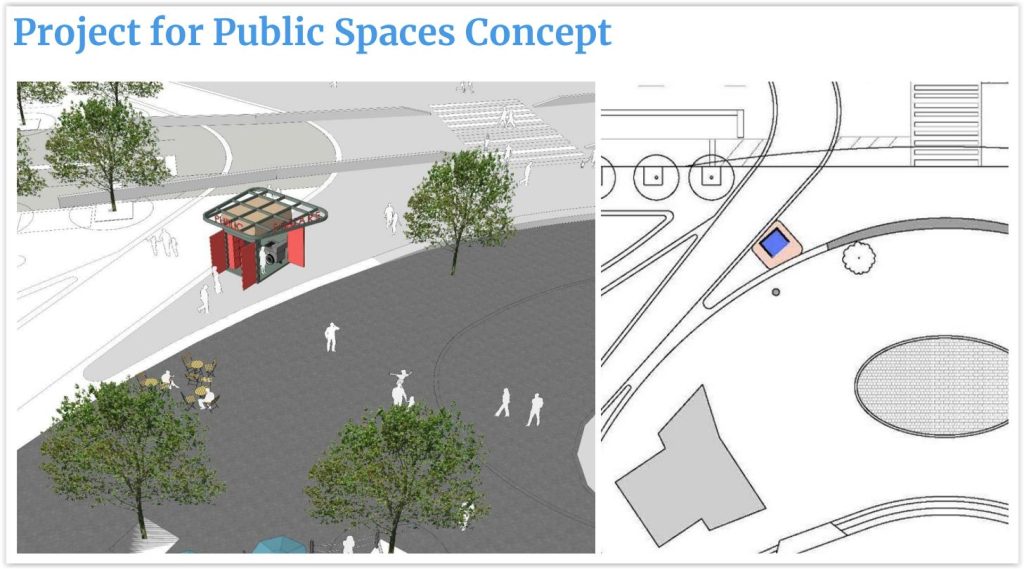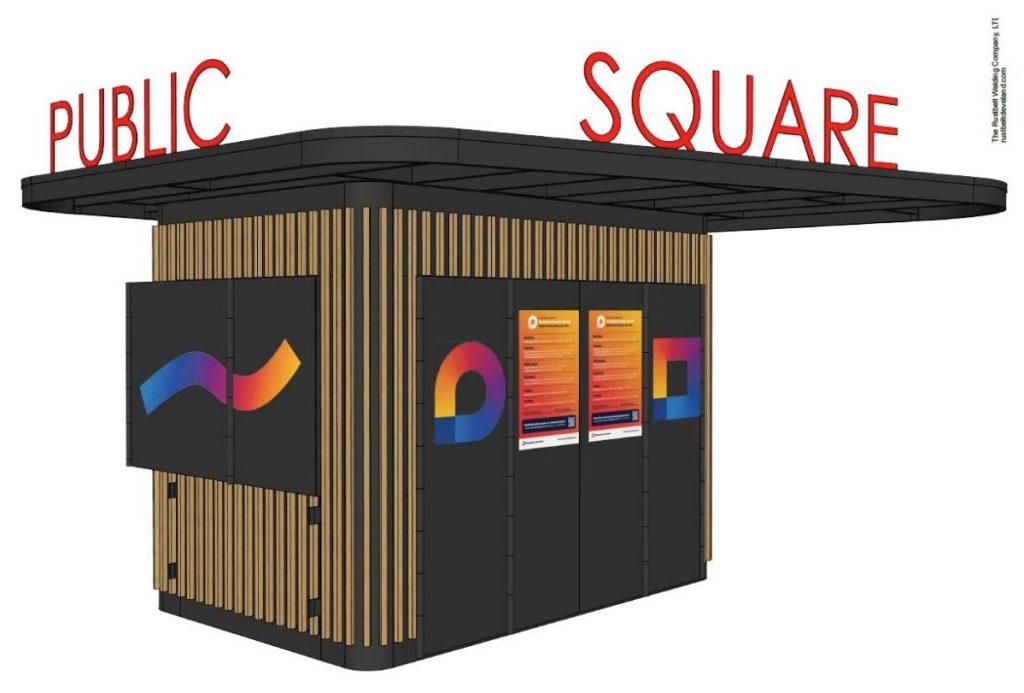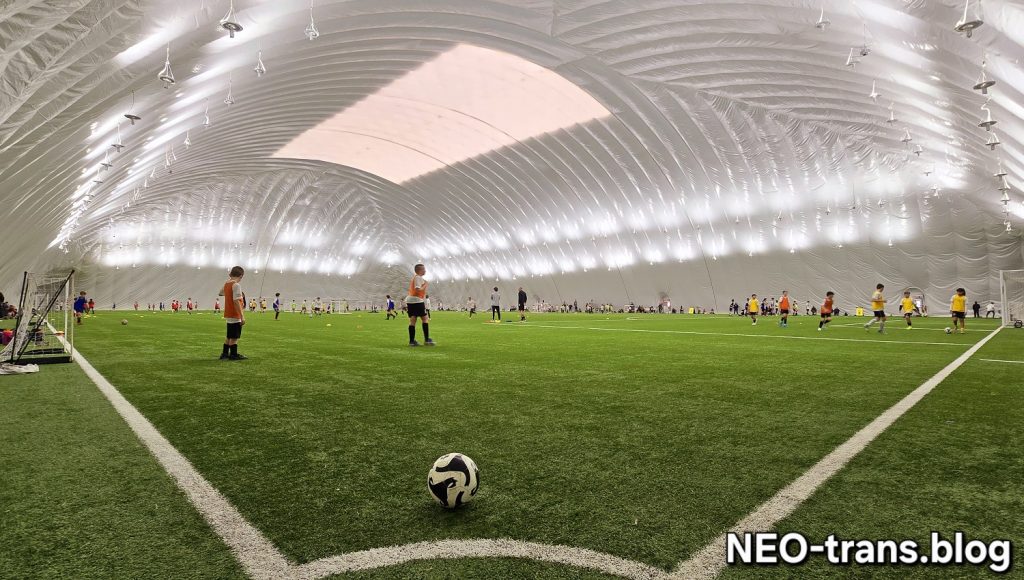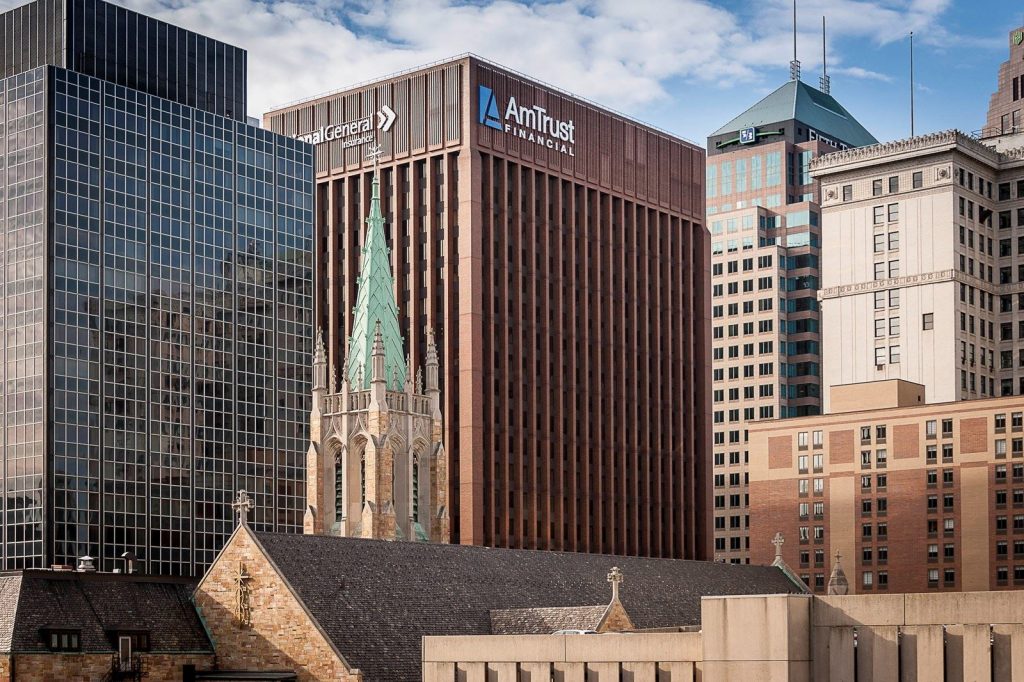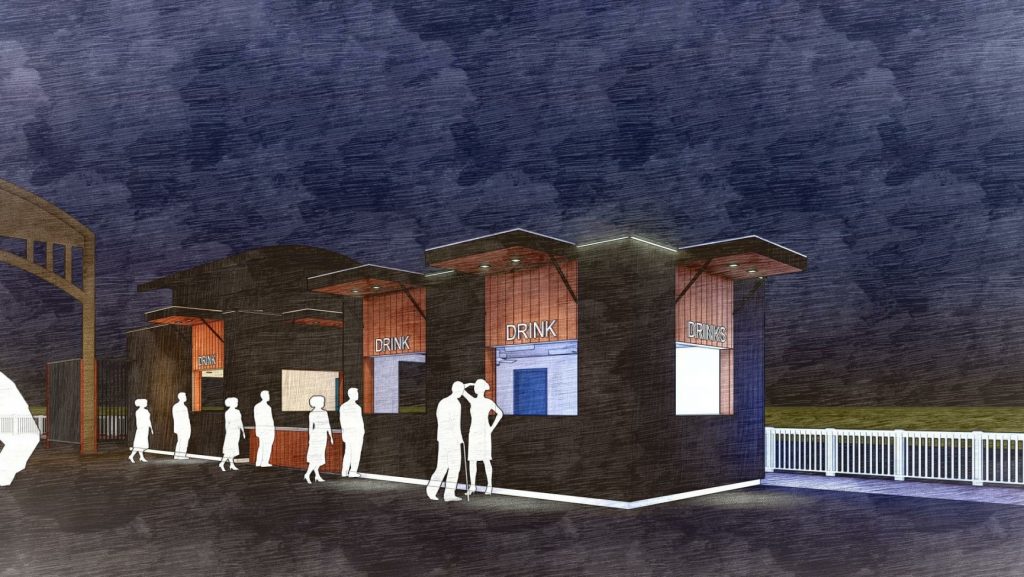Cleveland wins 2nd grant for W. 29th Open Street
Improvements to Cleveland’s Public Square took a step forward today when the City Planning Commission unanimously approved a temporary, yet robust programming hub. The hub, designed to replace tents currently used by staffers for downtown events would not only provide workers shelter and a place to store materials, but also function as a kiosk for posting event schedules and wayfinding.
Drew Crawford, senior director of planning at Downtown Cleveland, Inc. (DCI) presented the concept to the commission for final approval, designed in partnership with nonprofit LAND Studio and taking inspiration from similar structures in downtown and urban environments around the world. DCI took over management of Public Square in August 2024.
A request-for-proposals was sent out by DCI for fabrication. Ultimately, Rustbelt Welding Co. of Cleveland was selected to construct the hub with a proposed deadline of May 1. It is unclear how long the “temporary structure” would remain after installation.
The commission’s Design Review Advisory Committee also recommended reviewing the proposed swinging doors for ADA compliance. Once constructed, the hub will be located in between Rebol and the splash fountain on the southern half of the square next to Superior Avenue.
The hub is being funded by the nonprofit Project for Public Spaces (PPS), whose mission is to help communities transform public spaces by highlighting and enhancing local assets. PPS awarded $100,000 to implement the hub with associated signage and programming.
This grant comes in addition to $750,000 awarded to DCI by the state legislature’s one-time Strategic Community Investment Fund. The goals of the PPS grant included increasing resident engagement and ownership of the space, and reducing barriers to small-scale programs that wouldn’t require large infrastructure to set up.
PPS also awarded grant money to another Cleveland project — the West 29th Street Open Street project in Ohio City. According to Crawford, Cleveland was the only city in the country to receive PPS grants for more than one project.
The presentation outlined shortcomings of the current tent setup and various needs the new hub would have to satisfy. These included interior space to securely store equipment out of sight and shelter staffers and the ability to remain versatile — opening and closing the kiosk when not staffed while displaying critical programming and event information.
The design of the hub took inspiration from similar canopied structures. Materials include composite wood slats, plexiglass and steel aluminum canopy, and folding shutters to open and close the space. No windows, heating-ventilating-air conditioning, or plumbing are proposed or necessary.
The commission, generally receptive to the activation, recommended that DCI continue to work with staff to address materiality and concerns about the rainbow-colored plexiglass roof noting that it would immediately be “too dated” and not appropriate to the context of the rest of the square.
It is the latest change to Public Square, Cleveland’s central commons. Last spring, the Group Plan Commission’s Superior Crossing Project was implemented to rid the square of its unpopular and infamous concrete barriers. Those stood along Superior for eight years after Public Square’s major reconstruction in 2016.
END

